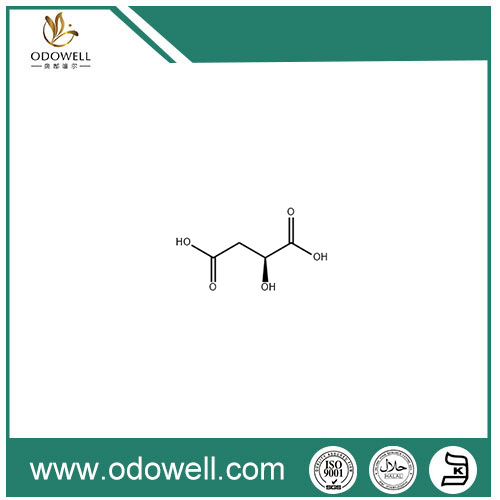Key Points about L-Malic Acid Natural
2024-06-27
L-Malic acid, or simply malic acid, is a naturally occurring organic compound found in various fruits, particularly in apples. Here are some key points about L-malic acid:
1. Natural Source: It is abundantly found in fruits such as apples, cherries, peaches, and plums. It contributes to the tart taste of these fruits.
2. Chemical Structure: Malic acid is a dicarboxylic acid. It exists in two forms: L-malic acid and D-malic acid, with L-malic acid being the form commonly found in nature.
3. Uses:
- Food and Beverage Industry: Malic acid is used as a flavor enhancer and acidulant in foods and beverages, especially in sour candies, fruit-flavored drinks, and processed foods.
- Cosmetics: It is used in cosmetics and personal care products as a pH adjuster and buffering agent.
- Medical Applications: Sometimes used in dietary supplements due to its potential health benefits.
4. Health Benefits: While primarily known for its sour taste, malic acid is also associated with potential health benefits:
- Antioxidant Properties: Helps neutralize free radicals in the body.
- Supports Energy Production: Plays a role in the Krebs cycle, which is involved in cellular energy production.
- Dental Health: Some studies suggest it may help reduce dental decay by lowering oral acidity levels.
5. Safety: Malic acid is generally recognized as safe (GRAS) by the U.S. Food and Drug Administration (FDA) when used in accordance with good manufacturing practices.
Overall, L-malic acid is a naturally occurring compound that serves both culinary and potential health purposes, primarily derived from fruits like apples.



